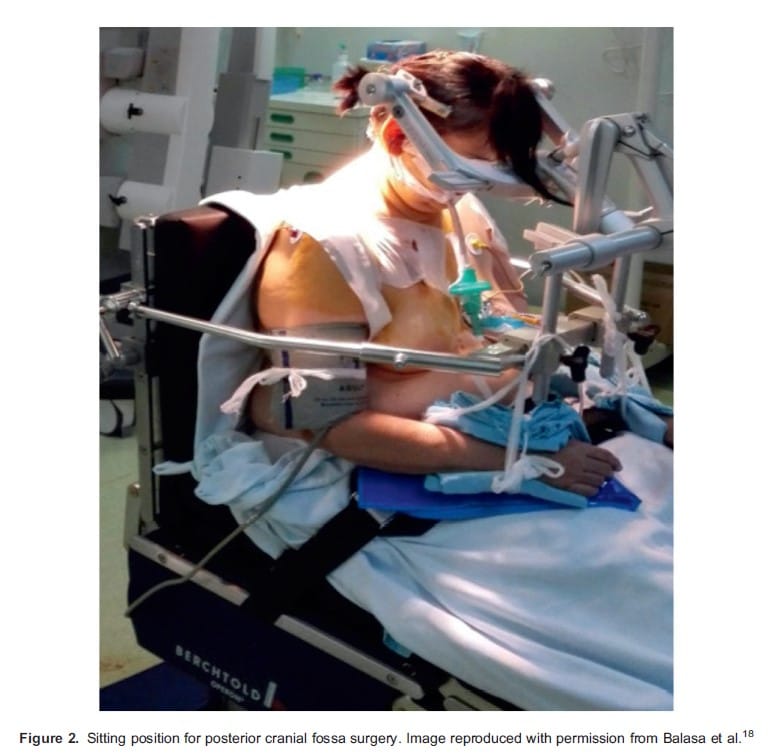
healthcare systems could facilitate a smoother transition to this innovative practice.
Brain Wave Monitoring Transforms Pediatric Anesthesia: Research Highlights Breakthroughs in Safety, Efficiency, and Cost Reduction
A pioneering clinical trial from Japan, published this week in JAMA Pediatrics, has revealed a potentially game-changing development in pediatric anesthesia. The research indicates that real-time monitoring of children’s brain activity using electroencephalography (EEG) can significantly lower the quantity of anesthetic drugs administered, hasten recovery after surgery, and sharply decrease hospital expenses. This novel method could initiate a significant transformation in the $8.3 billion global pediatric anesthesia market, attracting considerable interest from healthcare professionals, policy makers, and astute investors in medical technology.
The randomized controlled trial involved 177 children aged 1 to 6 who were undergoing surgical procedures. By employing EEG to inform anesthetic dosing, researchers succeeded in reducing sevoflurane concentrations—a frequently utilized inhaled anesthetic—by 60% during induction and 64% during maintenance, all while ensuring safe levels of unconsciousness. The study’s precise approach challenges the traditional dependence on weight- or age-based dosing, which often results in both over-medication and a lack of acknowledgment of neurological differences among pediatric patients.
A New Benchmark for Anesthesia Administration
“The crucial takeaway is that in children, with the use of EEG, we can lower the amount of anesthesia administered while keeping the same level of unconsciousness,” expressed study co-author Dr. Emery N. Brown, a professor of medical engineering and computational neuroscience at MIT, and an anesthesiologist at Massachusetts General Hospital. Dr. Brown’s esteemed reputation in neurological research and anesthesiology supports the significant implications of the study’s outcomes.
Key findings from the trial underscore the advantages of EEG-guided anesthesia:
– Sevoflurane concentration during induction decreased from a standard 5% to merely 2%.
– Maintenance concentrations dropped from 2.5% to 0.9%.
– Breathing tubes were removed 3.3 minutes sooner in EEG-guided instances.
– Recovery emergence was accelerated by 21.4 minutes.
– Children departed from post-anesthesia care units 16.5 minutes earlier.
Economic Ripple Effects: A Game-Changer for Efficiency
These clinical advancements carry notable financial consequences. Given that U.S. hospitals incur expenses of approximately $46 per minute for post-anesthesia care, a reduction of 16.5 minutes equates to savings of around $750 per surgery. When scaled across thousands of pediatric operations each year, EEG-guided anesthesia has the potential to generate millions in savings for busy hospital systems.
Moreover, the decreased requirement for sevoflurane not only lowers drug costs but also contributes to an essential improvement in environmental sustainability. Sevoflurane is a significant greenhouse gas, and reducing its use is in line with the growing push for environmentally responsible healthcare practices within Environmental, Social, and Governance (ESG) frameworks.
More Than Speedy Recovery: Improved Patient Safety
In addition to time and cost benefits, this advancement leads to substantial enhancements in patient outcomes. The occurrence of pediatric anesthesia emergence delirium (PAED)—characterized by confusion, agitation, and emotional distress following surgery—dropped from 35% in traditional treatment groups to just 21% with EEG-guided care. This 14-point decrease marks a significant reduction in a condition that not only impacts young patients but also causes significant worry for families and attending medical personnel.
Opportunities for Technological Integration and AI Development
The brain wave data gathered during the trial presents an exciting chance for future technological integration. EEGs from the EEG-guided group displayed well-defined high-frequency bands (1–3 Hz and 10–12 Hz), while patients receiving standard doses showed broader, more irregular frequency distributions. Notably, children who experienced post-anesthetic delirium exhibited unique EEG characteristics, suggesting potential for predictive modeling.
Machine learning algorithms could process these EEG patterns in real time, ultimately providing automated dosing suggestions or identifying high-risk patients for specific complications. This represents a promising avenue for artificial intelligence to enhance the precision of anesthesia and could evolve into a category of “digital anesthetists” that assist physicians in analyzing neurological data.
Investment and Market Consequences
For medical device manufacturers, particularly those focused on EEG systems or brain-monitoring software platforms, the findings indicate a surge in anticipated demand. The integration of real-time EEG into surgical protocols could swiftly become a clinical best practice—possibly elevating the value of these technologies into new growth markets. Furthermore, this transition opens up abundant opportunities for training and certification services centered around neuro-guided anesthesia techniques, as current practitioners acclimate to the new model.
While this specific trial was spearheaded by a single anesthesiologist—Dr. Kiyoyuki Miyasaka of St. Luke’s International Hospital in Tokyo—ensuring consistent application across patients, questions about scalability continue. A wider adoption would necessitate a structured deployment of training initiatives and modifications in surgical workflows. However, collaborative efforts among academic institutions, device producers, and healthcare systems could enable a more seamless shift to this groundbreaking practice.